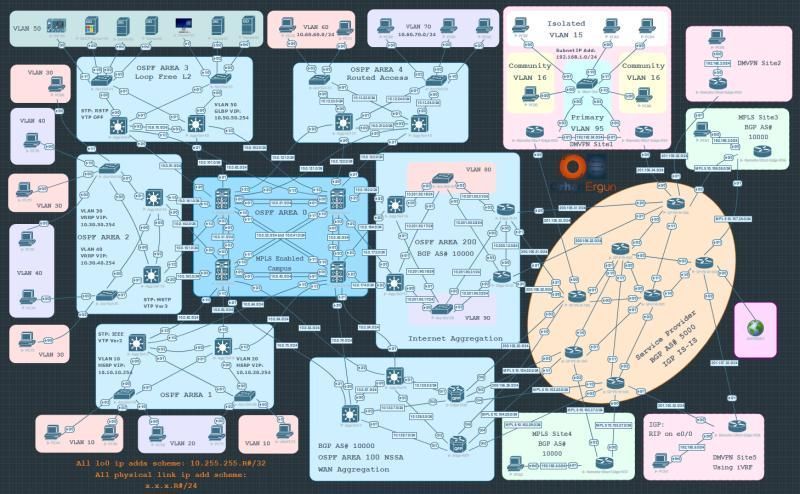Scale Out and Scale Up in Networking and Network Design
May 19, 2024
9 min read
Mike Schule
Related Courses
Enhance your knowledge with these recommended courses

Cisco CCDE v3.1 Practical/Lab and Written Training by Orhan Ergun
Best Cisco CCDE Course ever! It is based on v3.1 right now!
$799
View CourseBecome an Instructor
Share your knowledge and expertise. Join our community of instructors and help others learn.
Apply Now
About the Author
Mike Schule
Hi I'm Mike, I've been working for 7 years as a Network Engineer. I'm trying to reach readers who interested in this industry through my blogs.
Share this Article
Subscribe for Exclusive Deals & Promotions
Stay informed about special discounts, limited-time offers, and promotional campaigns. Be the first to know when we launch new deals!